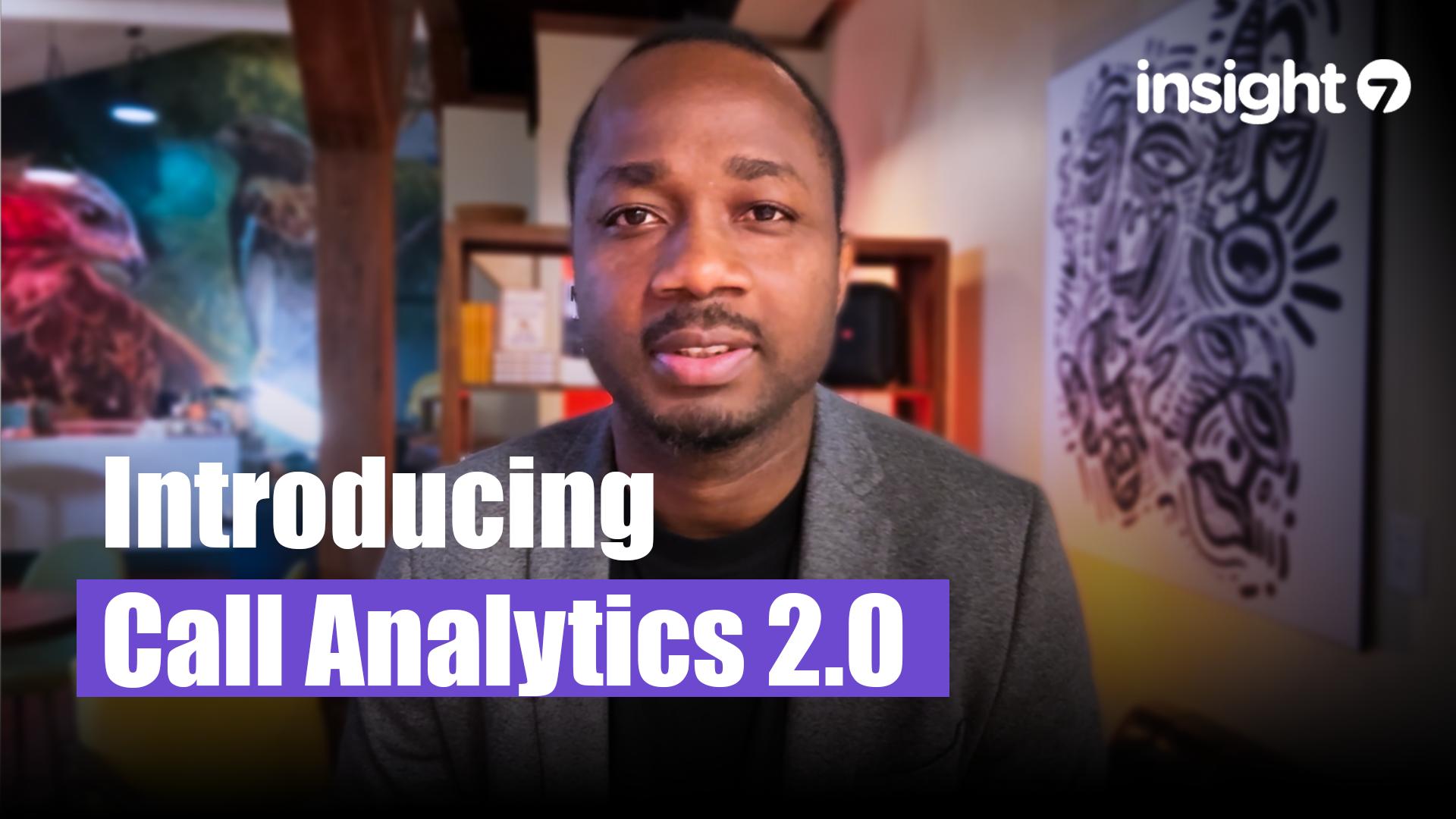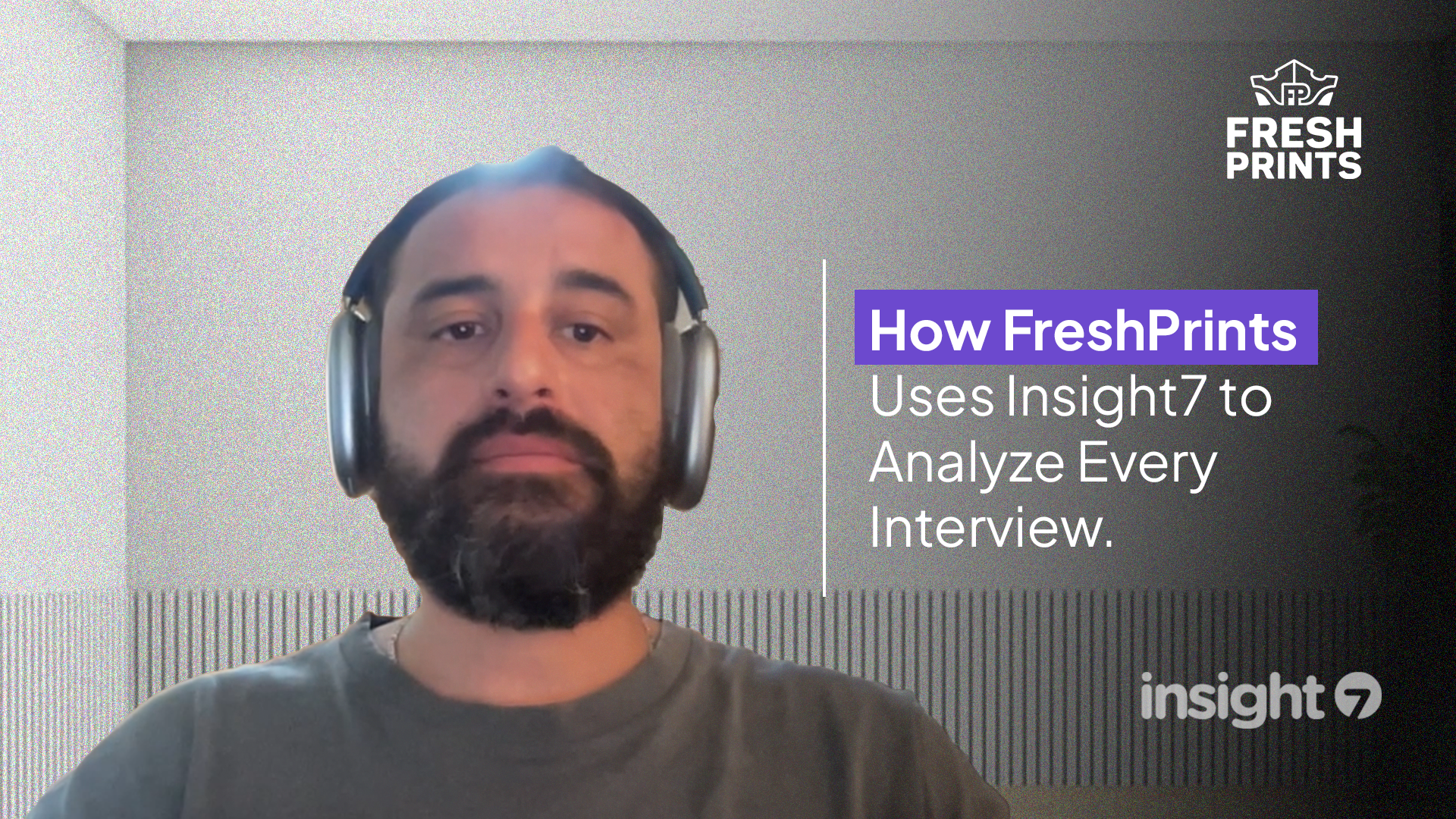Key Differences Between Speech Analytics Call Center and Voice Analytics Solutions
-
Bella Williams
- 10 min read
This article focuses on the critical distinctions between speech analytics in call centers and voice analytics solutions, highlighting their unique functionalities, applications, and the implications for businesses today. Understanding these differences is crucial as organizations strive to enhance customer engagement and operational efficiency in an increasingly competitive landscape.
Current Market Urgency for Key Differences Between Speech Analytics Call Center and Voice Analytics Solutions
Organizations face mounting pressure to improve customer satisfaction and streamline operations. Speech analytics can dissect customer interactions to identify trends, while voice analytics encompasses broader applications, including voice biometrics and emotion detection. Traditional methods often lack the capacity to analyze vast amounts of data in real-time, leading to missed opportunities for insight and improvement. The advent of AI technologies and shifting customer expectations for personalized experiences have made it critical for businesses to leverage advanced analytics tools.
What Are Key Differences Between Speech Analytics Call Center and Voice Analytics Solutions in Simple Terms?
Speech analytics typically focuses on analyzing spoken language in customer interactions, while voice analytics encompasses a wider range of audio data, including tone, pitch, and emotional nuances. Unlike manual methods that rely on human judgment and limited data, these analytics solutions use AI to process and analyze large datasets efficiently. Enhanced insights into customer sentiment, improved training for agents, and the ability to predict customer behavior are just a few outcomes that these analytics unlock.
What Can Organizations Actually Do With Key Differences Between Speech Analytics Call Center and Voice Analytics Solutions?
- Speech Recognition → Transcription accuracy improves, enabling better data analysis
- Sentiment Analysis → Real-time feedback on customer emotions enhances service delivery
- Voice Biometrics → Increased security and reduced fraud in customer interactions
- Predictive Analytics → Proactive engagement strategies based on customer behavior patterns
Corporate Investment Trends in Key Differences Between Speech Analytics Call Center and Voice Analytics Solutions
Factors such as the need for improved customer service, operational efficiency, and competitive advantage are leading organizations to invest in these technologies. These solutions tackle issues like ineffective training programs, lost sales opportunities due to lack of insights, and operational inefficiencies. Businesses can respond to customer needs faster, personalize communications, and forecast trends with greater accuracy.
What Data Makes Key Differences Between Speech Analytics Call Center and Voice Analytics Solutions Work?
Essential input data includes call transcripts, voice recordings, CRM data, and customer feedback. Integrating various data sources allows for a more holistic view of customer interactions and behaviors, leading to improved insights. A robust data foundation ensures that analytics tools can function optimally, providing actionable insights that drive business decisions.
Key Differences Between Speech Analytics Call Center and Voice Analytics Solutions Operational Framework
- Sources of raw data (call recordings, customer surveys, social media interactions)
- How AI processes audio data into structured insights
- Identifying patterns (sentiment, compliance, customer intent)
- Utilizing historical data to refine models
- Delivering insights in real-time to decision-makers
- Tracking performance metrics to enhance future interactions
Where Can Key Differences Between Speech Analytics Call Center and Voice Analytics Solutions Be Applied?
- Sales Optimization: Insights from analytics boost conversion rates by identifying successful sales tactics.
- Training Enhancement: Analytics drive targeted training programs based on agent performance and customer feedback.
- Customer Retention: Understanding sentiment helps in addressing customer issues proactively, improving loyalty.
Platform Selection and Tool Evaluation
Key features include advanced analytics capabilities, user-friendly dashboards, and seamless integration with existing systems. AI platforms provide real-time data processing and actionable insights, while traditional methods rely on manual analysis and are often less efficient.
Example Comparison:
| Feature | AI-Driven Platform | Traditional Approach |
|---|---|---|
| Summaries | Automatic | Manual notes |
| Sentiment | AI detection | Subjective scoring |
| Voice Authentication | Real-time | Time-consuming |
| Scale | 100% of calls | Limited sampling |
What Mistakes Do Companies Make With Key Differences Between Speech Analytics Call Center and Voice Analytics Solutions?
Common pitfalls include inadequate data quality, lack of stakeholder involvement, over-reliance on automation, and weak integration into existing workflows, which can limit effectiveness.
Key Differences Between Speech Analytics Call Center and Voice Analytics Solutions Implementation Roadmap
- Assess current technology stack for compatibility
- Integrate with existing tools (CRM, contact center, etc.)
- Sync historical data for baseline performance metrics
- Configure dashboards tailored to user needs
- Train teams on utilizing insights effectively
- Roll out pilot projects to test effectiveness
- Expand and optimize based on feedback and results
What Does an Ideal Key Differences Between Speech Analytics Call Center and Voice Analytics Solutions Setup Look Like?
Regularly updating models and tools to adapt to changing customer behaviors and market conditions maximizes ROI. Establish regular review cycles to assess performance metrics and refine strategies. A minimum of 6-12 months of historical data is recommended for effective model training. A hybrid approach that leverages both automated insights and human expertise is ideal for optimal outcomes.
Success Metrics and Performance Tracking
- Conversion Rate Improvement: Measure the impact of insights on sales performance.
- First-Call Resolution Rates: Track improvements in customer issue resolution.
- Training Impact: Assess changes in agent performance post-training initiatives.
- Forecast Accuracy: Evaluate the effectiveness of predictive models.
Universal principle: success comes not from “having analytics,” but from using insights to make better decisions and actions.
FAQs About Key Differences Between Speech Analytics Call Center and Voice Analytics Solutions
What is it? → Speech analytics focuses on analyzing customer interactions, while voice analytics encompasses broader audio data analysis.
How is it different from old methods? → Old methods rely on manual analysis, while these solutions leverage AI for real-time insights.
Can it integrate with my CRM? → Most modern platforms offer seamless integration capabilities.
How much data is needed? → A diverse dataset spanning several months is ideal for effective analysis.
Is it compliant and secure? → Leading solutions meet industry standards for data protection and compliance.
Final Takeaway
Understanding the distinctions between these analytics solutions is vital for organizations aiming to enhance customer engagement and drive operational efficiency. Leveraging these technologies allows teams to anticipate customer needs and respond effectively. Take the first step towards transformation by evaluating potential platforms and considering pilot initiatives to experience the benefits firsthand.







